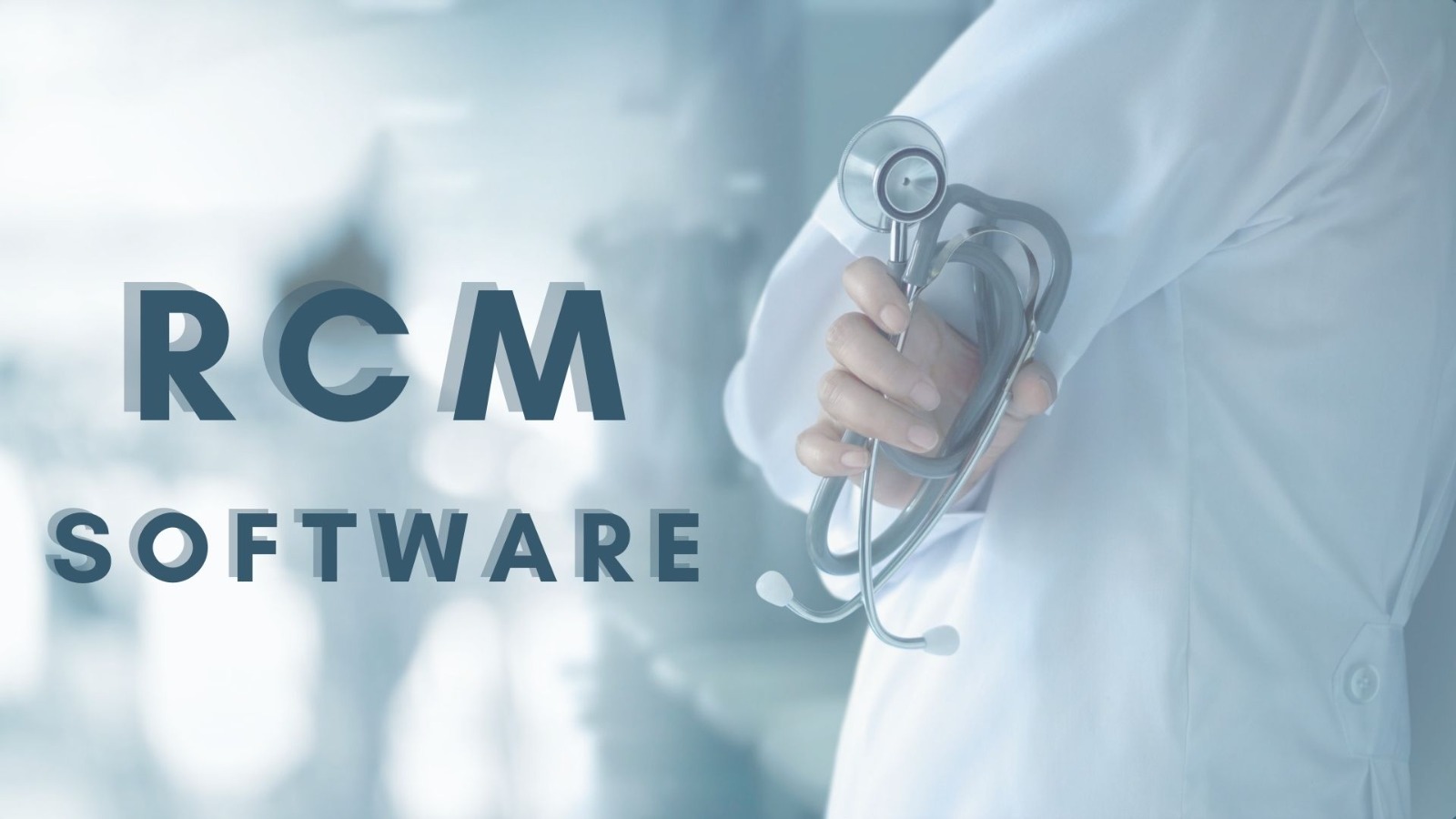
The healthcare landscape is rapidly evolving, driven by technological advancements, changing patient expectations, and shifting toward value-based care. Amidst this transformation, Revenue Cycle Management has emerged as a critical component for healthcare organizations to ensure financial sustainability while providing quality care. In this piece, we explore present patterns, advancements, and approaches related to RCM software, offering insights into how medical service providers can adeptly steer through the upcoming healthcare landscape.
RCM Software Trends
The healthcare field is changing significantly, shifting from the traditional fee-for-service model towards value-based care. This shift requires a corresponding change in how revenue cycle management is approached. This trend emphasizes outcomes over volume, urging providers to adopt RCM solutions that align with this new approach. Additionally, AI and machine learning are pivotal in RCM, offering predictive analytics and decision support capabilities. These technologies assist in identifying patterns, optimizing billing processes, and enhancing revenue capture.
The migration towards cloud-based RCM solutions is gaining momentum due to their scalability, flexibility, and cost-effectiveness. These platforms offer real-time access to data, enabling healthcare organizations to streamline their operations and respond promptly to changing market dynamics. Moreover, patient-centric RCM approaches are rising, reflecting the industry’s shift toward patient engagement and satisfaction. Software solutions are designed to facilitate transparent billing, personalized payment plans, and seamless communication regarding financial matters.
Innovations in RCM Software
Blockchain technology, known for its secure and transparent nature, is finding applications in healthcare RCM. Blockchain ensures data integrity, reduces fraud, and simplifies claims processing by creating a trustworthy ledger. Robotic Process Automation (RPA) is another innovation that automates administrative tasks such as claims submissions and follow-ups, reducing human errors and improving efficiency.
Telehealth’s surge in popularity due to the global pandemic has also influenced RCM. Healthcare providers now leverage telehealth solutions for remote billing and reimbursement, adapting their RCM strategies to accommodate virtual care. Furthermore, data analytics tools are harnessed to identify revenue leakage points and optimize billing processes. These instruments scrutinize extensive datasets to unearth unnoticed patterns, aiding organizations in enhancing revenue acquisition and diminishing instances of denials.
Strategies for Effective RCM Implementation
Implementing RCM software requires a well-defined strategy to ensure successful adoption and integration. Healthcare organizations should conduct a comprehensive needs assessment to identify their requirements and pain points. The process of selecting a vendor is of paramount importance, with a key emphasis on discovering a solution that harmonizes with the goals and workflows of the organization.
Change management strategies play a vital role in RCM software implementation. Introducing new technologies often requires more support from staff members accustomed to traditional practices. Clear communication, training programs, and highlighting the new system’s benefits can help alleviate concerns and facilitate smoother transitions.
Guaranteeing thorough staff training in using RCM software is of utmost importance. Upskilling employees to understand and utilize the software’s functionalities maximizes its potential impact on revenue optimization. Regular performance assessment and monitoring are essential to identify areas for improvement and refine the implementation strategy.
Overcoming Challenges in RCM Software Adoption
Despite the benefits, RCM software adoption can encounter challenges. Data security and compliance remain top concerns due to the sensitive nature of patient information. Healthcare organizations must work closely with vendors to ensure robust security measures, including encryption, access controls, and HIPAA compliance.
Interoperability issues can arise when integrating RCM software with existing Electronic Health Record (EHR) systems. Seamless data exchange between these systems is crucial to avoid duplication and inaccuracies. Compatibility testing and collaborative efforts between software developers can address these challenges.
Resistance to change is a prevalent human characteristic that can impede the adoption of RCM software, including HME DME software. Staff members need to be more responsive about learning new systems and processes, such as those related to HME DME software. Open communication, education about the benefits, and involving staff in decision-making can mitigate resistance and foster a more positive attitude towards the changes.
Case Studies
Real-world case studies provide concrete examples of successful RCM software implementations. One hospital’s adoption of predictive analytics led to a significant reduction in claim denials and enhanced revenue capture. A clinic’s shift towards patient-centered billing improved patient satisfaction and increased revenue due to more transparent and personalized financial interactions. The implementation of RPA at a healthcare facility automated claim submission and follow-up tasks, reducing administrative burdens and improving efficiency.
Future Directions of RCM Software
RCM software is likely to continue evolving. Predictive analytics will significantly enhance proactive revenue management, enabling healthcare organizations to anticipate revenue fluctuations and take preventive actions. Telehealth’s integration with RCM will deepen, allowing for even more streamlined remote billing and reimbursement processes.
AI-driven chatbots are expected to become more prevalent, assisting patients with billing inquiries and insurance-related questions. The automation of claims processing will advance further, incorporating AI and machine learning to ensure accuracy and efficiency.
Conclusion
As the healthcare landscape evolves, RCM software remains a crucial financial sustainability aspect for healthcare organizations. Staying abreast of RCM trends, embracing innovative technologies, and implementing effective strategies are essential for successfully navigating healthcare’s future. By harnessing the power of RCM software, healthcare providers can ensure efficient revenue management, streamline operations, and ultimately provide better care to their patients in this ever-changing environment.

